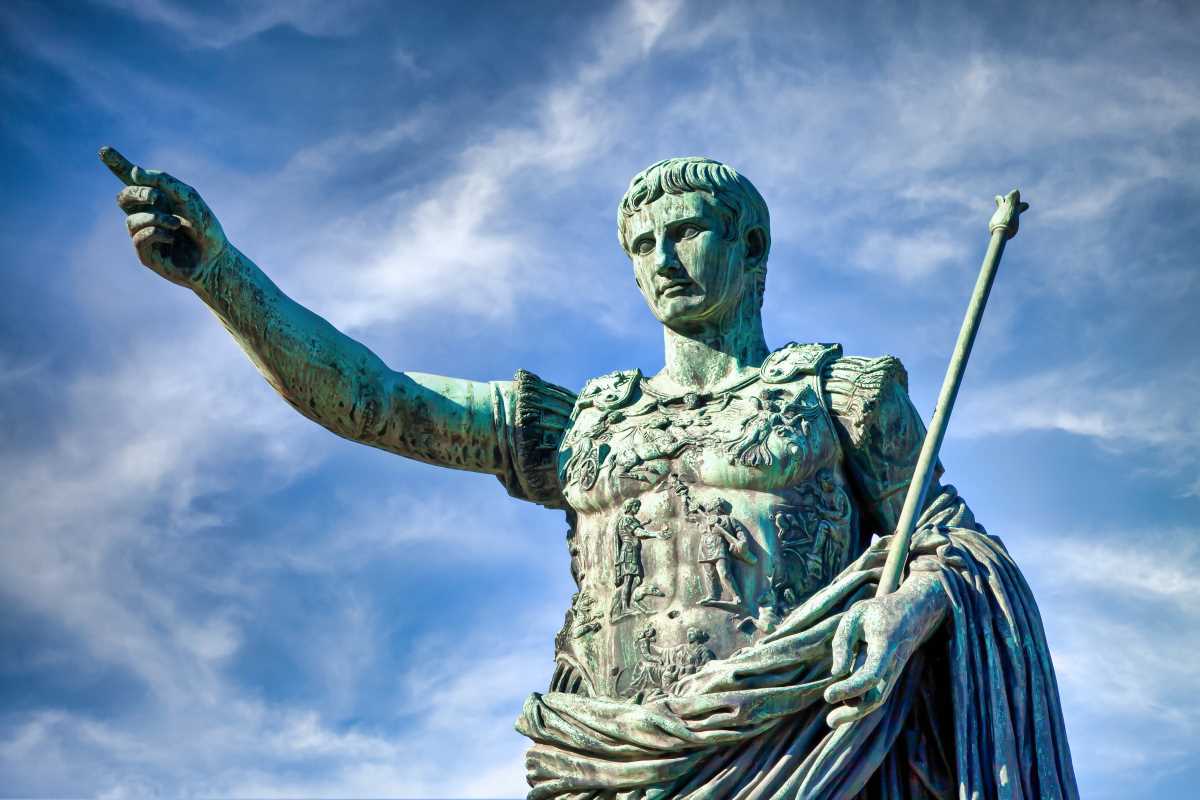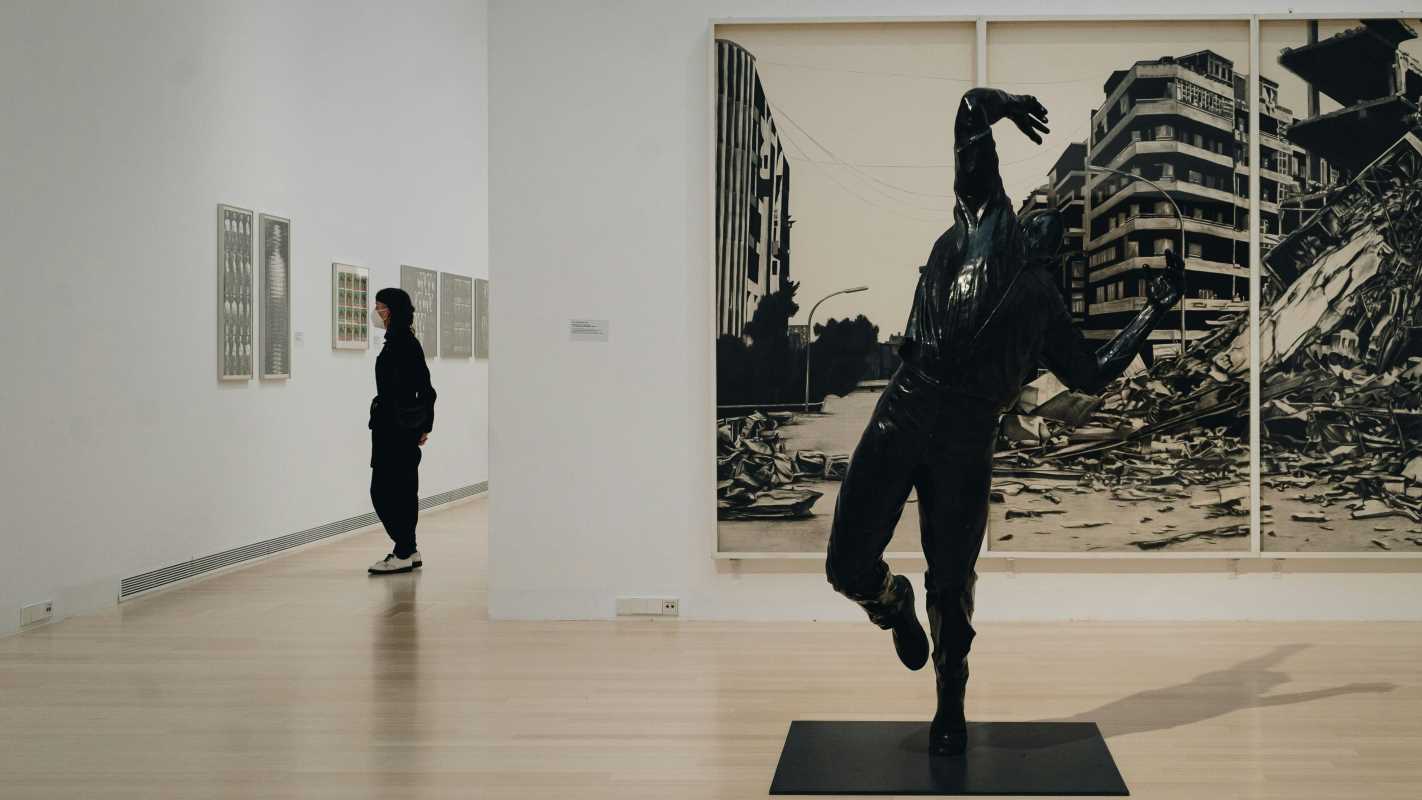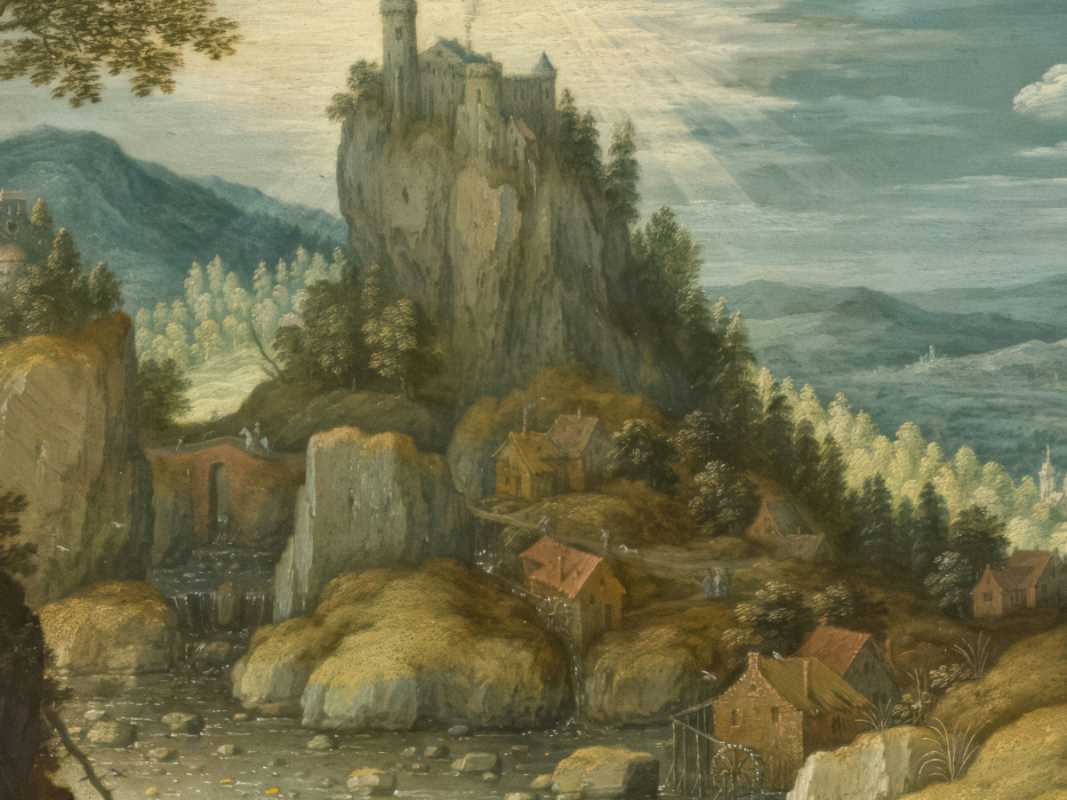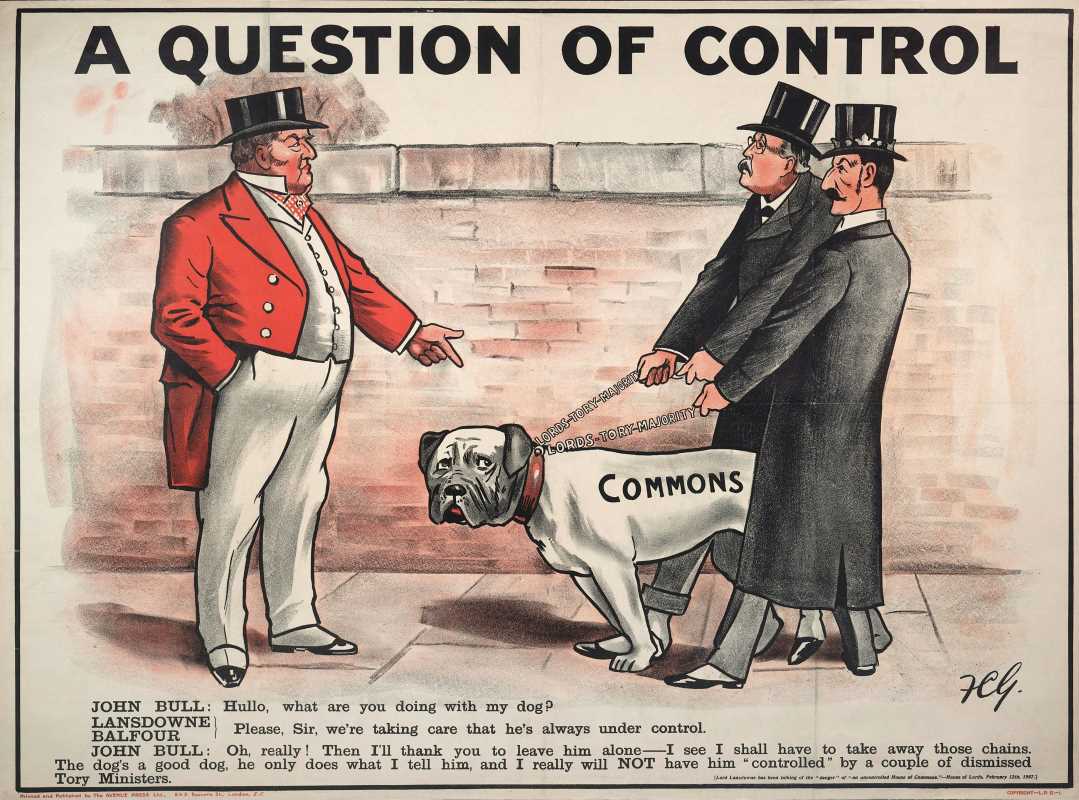Art has always been a powerful language, transcending barriers to connect with the human experience. When it comes to the fight against economic exploitation, art has played a unique role by both documenting the injustices faced by workers and sparking change through creative resistance. Across various mediums, art has been wielded to empower marginalized communities, challenge oppressive systems, and demand accountability. It serves not just as a passive reflection but as an active participant in shaping a fairer society.
The Visual Language of Labor Movements
The labor movement has long relied on imagery to build solidarity and spread its message. During the Industrial Revolution, as factory exploitation intensified and workers endured inhumane conditions, artists aligned themselves with the working class to call out these injustices. Through posters, murals, and prints, they captured the harsh realities of labor exploitation and celebrated the dignity of work.
One notable example is the lithographs produced by artist Honoré Daumier in 19th-century France. His works depicted factory laborers, railroad builders, and domestic servants in ways that forced the upper classes to come face-to-face with the people maintaining their lifestyle. By using satire and realism, Daumier exposed the severe inequalities faced by workers, turning his art into a rallying cry.
Similarly, in early 20th-century Mexico, artists like Diego Rivera championed the labor movement through their murals. Rivera’s frescoes, including Man at the Crossroads, celebrate the working class while also addressing the exploitation of laborers under capitalism. His ability to intertwine monumental, public-facing art with radical socioeconomic critiques demonstrated how creativity could galvanize the fight for workers' rights.
Political posters also became a vital part of labor movements, used to call for strikes, protests, and reform. Bold colors, stark contrasts, and emotive slogans ensured the message was accessible to the masses, turning art into a revolutionary weapon that couldn’t be ignored.
The Fight Against Oppression in Public Art
While galleries and museums remain important venues, public art has often been the most direct way to combat economic exploitation. Large-scale works in public spaces not only make art more democratic but also challenge power structures by existing outside elite-controlled environments.
The New Deal era in the United States, particularly under the Works Progress Administration (WPA), saw murals and sculptures commissioned to honor laborers and working communities. Artists such as Elizabeth Catlett created public pieces that not only celebrated the contributions of African American laborers but also exposed the intersections of race, class, and exploitation. Catlett’s woodblock prints and sculptures humanized her subjects, showing their power and resilience despite systemic oppression.
Street art and graffiti remain some of the most contemporary iterations of this tradition. Artists like Banksy use urban landscapes to critique capitalism and economic inequality. Works such as Shop Till You Drop ask viewers to consider their role in economic exploitation by juxtaposing luxury with labor in deeply unsettling ways. Across the world, street art continues to amplify marginalized voices, drawing attention to harsh working conditions, environmental exploitation, and the human cost of wealth accumulation.
Exploring Worker Identity and Struggle Through Photography
Photography emerged as a powerful medium in the 20th century to document the conditions of laborers and emphasize the human toll of economic exploitation. Its immediacy offered an unflinching lens, bringing awareness to audiences who might otherwise remain detached.
During the Great Depression, the Farm Security Administration (FSA) funded photographers like Dorothea Lange and Walker Evans to document the struggles of rural American workers. Lange’s iconic photograph, Migrant Mother, became an enduring symbol of the poverty faced by displaced families. The raw, emotional quality of these images penetrated public consciousness, providing an undeniable testament to systemic failures while advocating for reform.
Modern photographers continue to spotlight economic inequality on a global scale. Sebastião Salgado’s haunting black-and-white photographs capture workers in settings that illustrate both their resilience and the exploitation they endure. His series Workers takes viewers into the world of gold mines, shipbreaking yards, and industrial sites, ensuring the invisible labor sustaining global economies is made visible.
The power of photography lies in its ability to humanize large, abstract systems of oppression. By focusing on individuals, photographers create empathetic connections that drive home the need for justice and ethical reform in economic systems.
Symbols of Resistance and Reclamation in Art
Art often uses symbolism to critique exploitation while reclaiming agency for those silenced by oppressive systems. Reminders of resilience, defiance, and dignity are woven into artistic works to confront economic inequality.
One poignant example is the recurring use of the clenched fist in labor and protest art. From its roots in early socialist imagery to its resurgence during the Civil Rights Movement, the fist has symbolized collective strength in resistance against oppression. The graphic simplicity of this symbol makes it universal, appearing in posters, sculptures, and modern art forms like digital design.
Materiality is another key way artists engage with resistance. Artists like El Anatsui, whose monumental sculptures are made from discarded materials, remind us of the cycles of economic consumption and exploitation. By transforming trash into transcendent art, he critiques the exploitative labor systems that discard not only materials but also people.
Recurring labor and resistance themes in art:
- The depiction of tools, such as hammers and plows, symbolizes the value of labor.
- Human bodies trapped in repetitive or fragmented forms critique dehumanizing industrial work.
- Urban decay and abandoned factories underscore the loss of livelihoods due to economic shifts.
- Imagery of protest marches and workers holding signs calls for collective action.
- Heroic portrayals of workers highlight their central role in building society.
Artists embed these themes subtly or overtly, ensuring that their critiques resonate across generations while inspiring conversations about justice.
Modern Art Movements Challenging Economic Exploitation
Today’s artists continue to take up the torch in the fight against economic exploitation, often blending disciplines and media to capture the complexities of global economies. From climate change to gig economies, contemporary creators address the new faces of old oppression.
For instance, Olafur Eliasson explores the link between environmental and economic exploitation. His works often draw attention to the ways workers and communities in developing nations bear the brunt of environmental deterioration caused by capitalist greed. Through immersive installations, he forces audiences to confront the long-term costs of prioritizing profit over sustainability.
Video artists like Mary Mattingly use their medium to spotlight the gig economy and precarious labor. Mattingly’s films draw attention to the dehumanizing aspects of app-based work, illustrating how technology transforms workers into transactional, disposable entities. Her stories give face and depth to those often reduced to statistics.
Collectives like Gulf Labor provide further examples of art-based activism. Gulf Labor addresses the exploitation of migrant workers in the construction of prestigious cultural institutions, including the Guggenheim Abu Dhabi. Through protests, exhibitions, and curated projects, they fight for fair working conditions and wages, proving that art can still be a tool for systemic change.
These modern movements signal that the fight against economic exploitation in art is far from over. Rather, it is an evolving conversation, drawing new connections between global industries and individual tragedy.
A Shared Canvas of Resistance
Art’s history with economic justice is as diverse and resilient as the working classes it seeks to uplift. Whether through murals, photography, sculptures, or installations, it captures both the struggles of exploitation and the possibilities of liberation. It carries the weight of history while challenging viewers to envision a fair and collective future.
Artists past and present remind us of the power of creativity in addressing systemic inequalities. They see art not as separate from the fight but as central to it, a shared canvas where truth confronts power. At its heart, art’s influence lies in its ability to humanize the exploited, provoke outrage, and demand accountability. It offers hope, resilience, and a reminder that workers' contributions are far too significant to remain in the shadows.
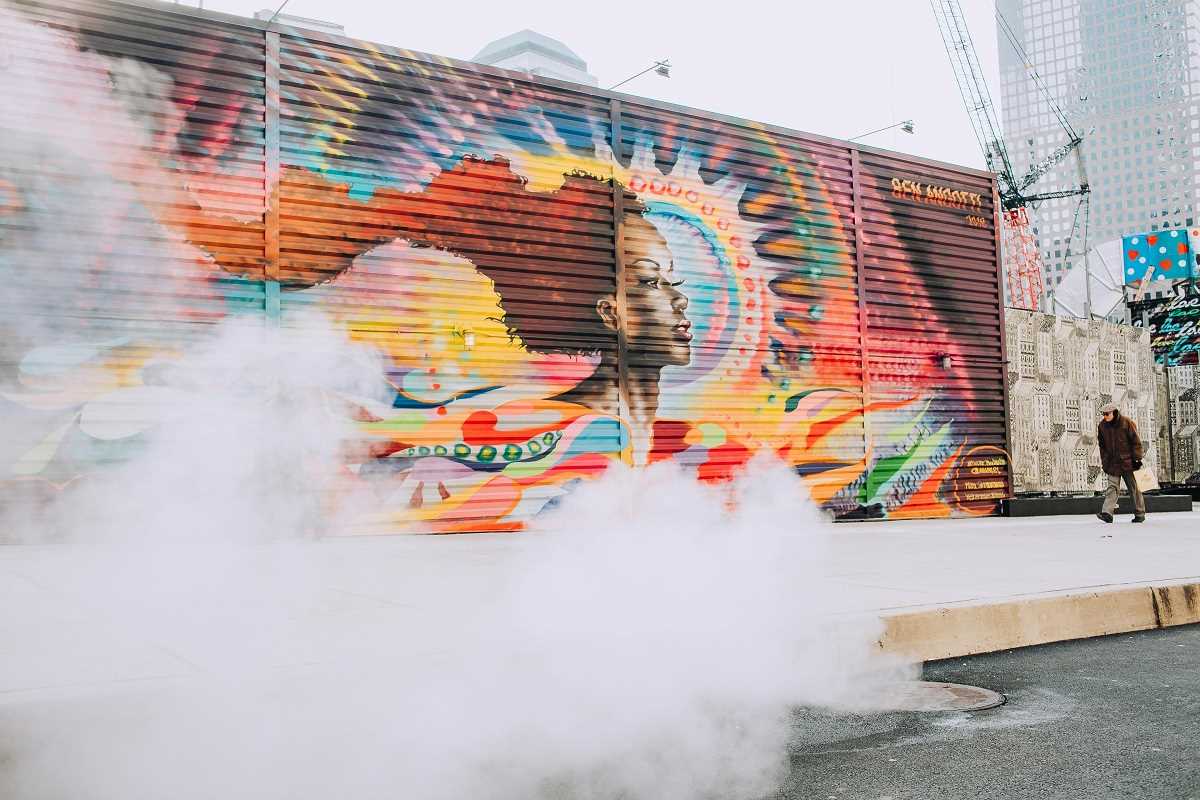 (Image via
(Image via.jpg)
